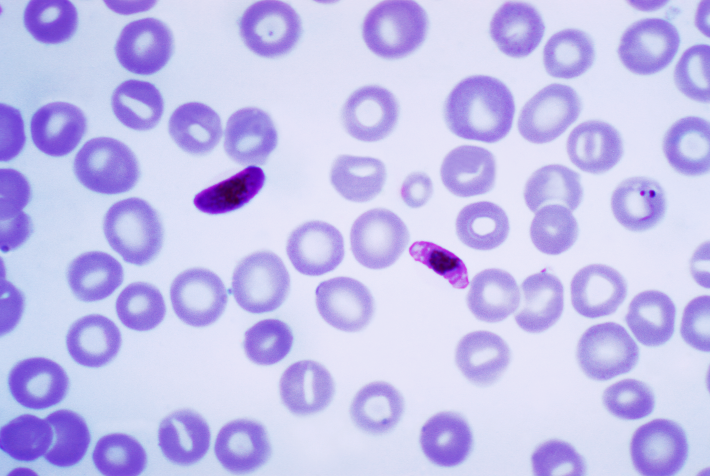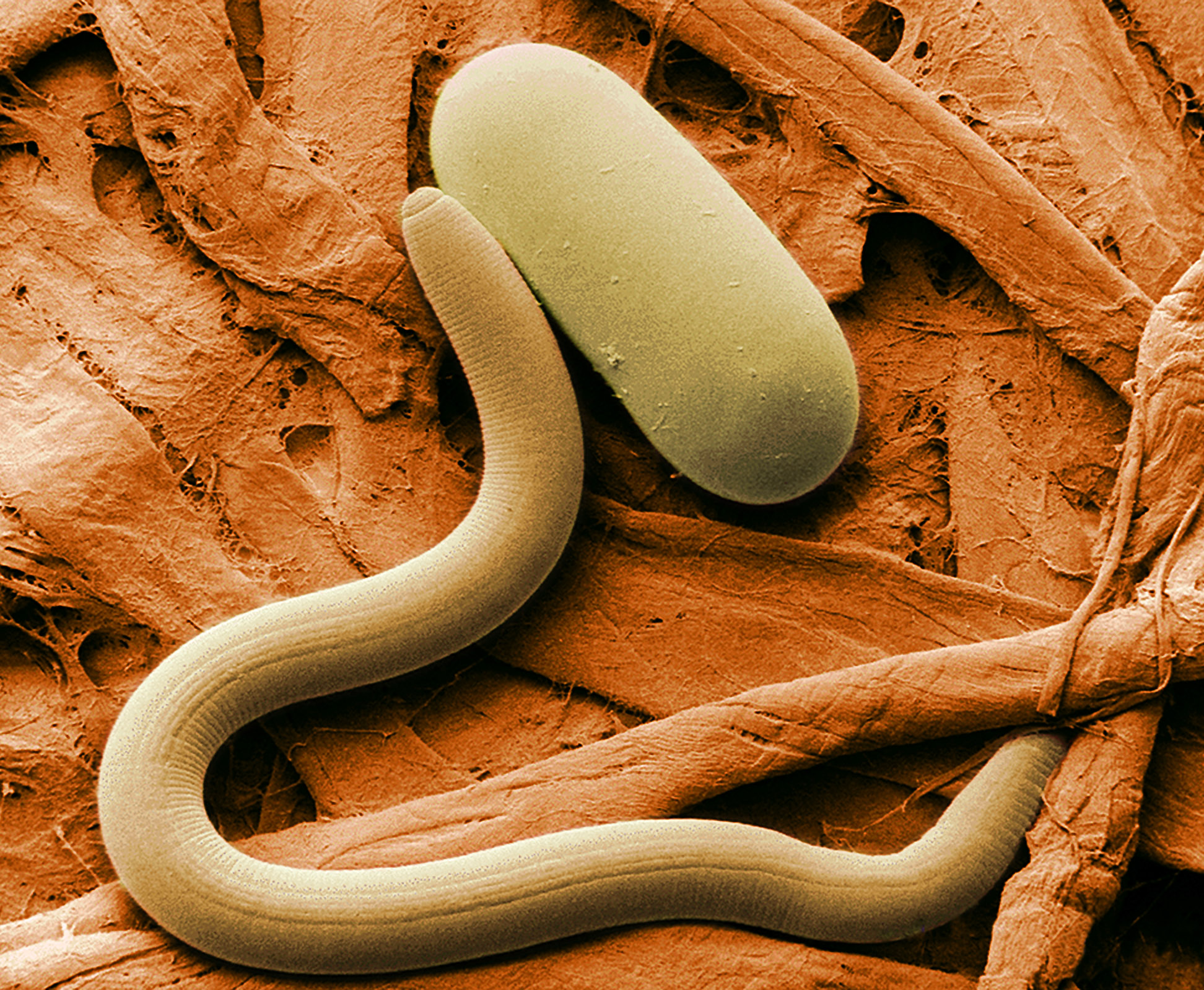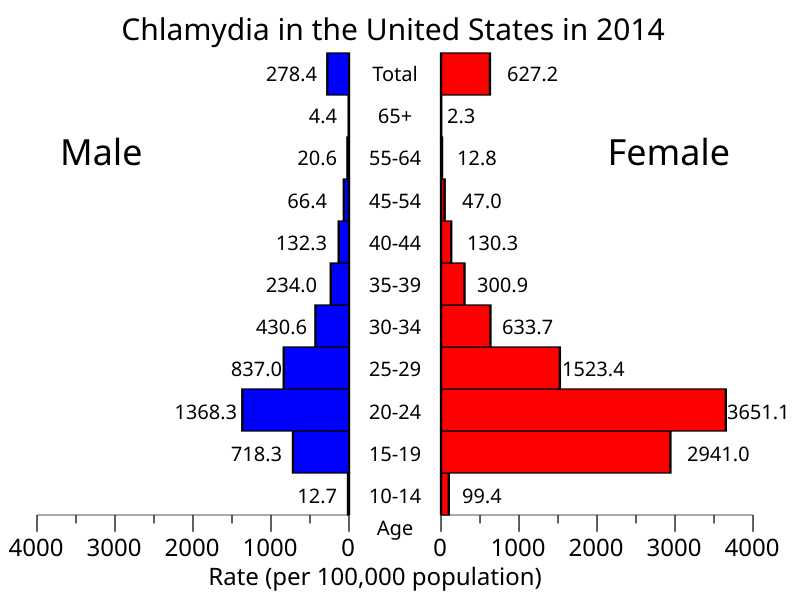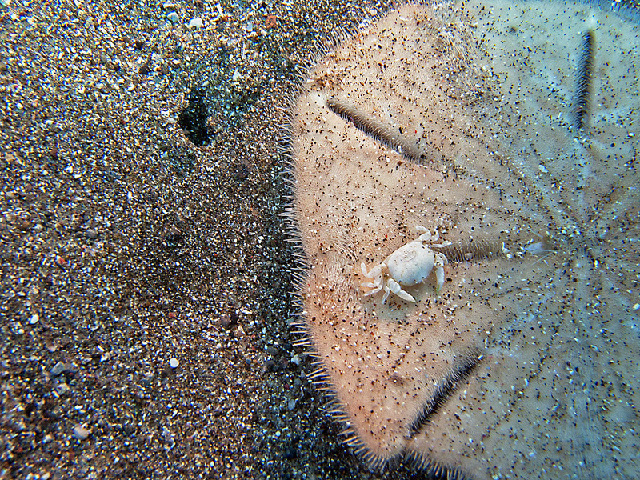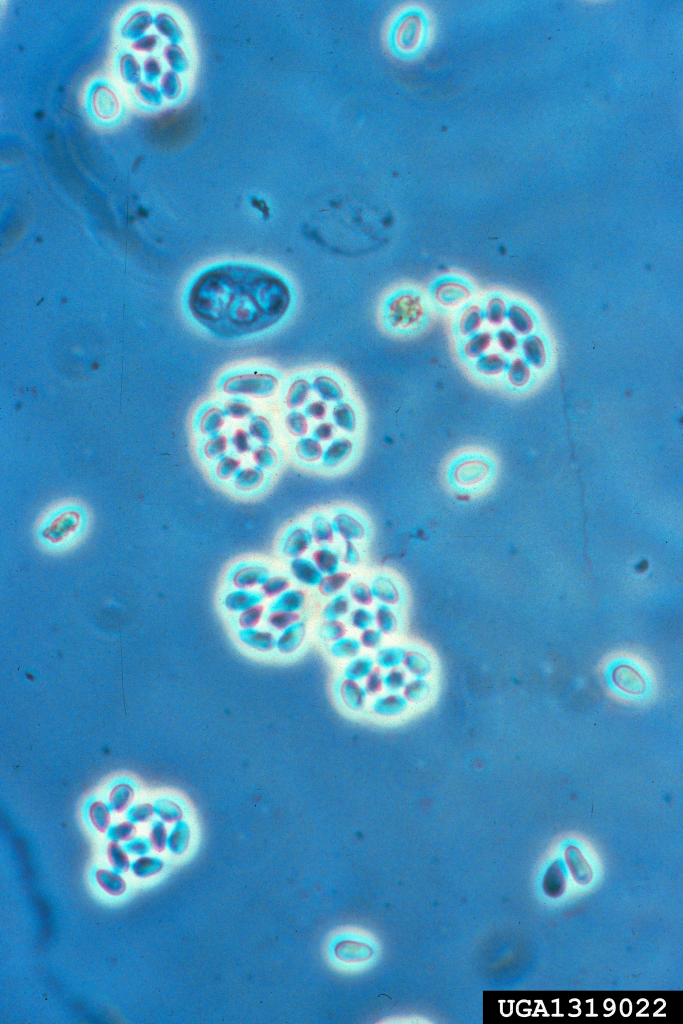by Piter Kehoma Boll
There are endless forms of beauty among the small creatures that we often do not see around us. Mites, which are so ubiquitous, contain several neglected beauties. One of them is today’s fellow, Eatoniana plumipes, known as the Mediterranean Plumefoot Mite.

Adults of the Mediterranean Plumefoot Mite are considerably large for a mite, measuring a few millimeters in length, often more than 1 cm when the legs are considered. They are reddish-brown, lighter at the legs and other appendices, and their hind legs are much longer than the others and have a tuft of long black hair that makes them look like plumes, hence the name plumefoot mite. As the common name also suggest, this species is found around the Mediterranean, including southern Europe, northern Africa, Turkey and the Middle East.
Despite being a large and rather beautiful mite, very little is known about the life history of the Mediterranean Plumefoot Mite. It belongs to a group of mites that are predators as adults but parasites as larvae. The larvae hatch from red eggs laid by the female in the environment and are, of course, much smaller than the adults. They also have only three pairs of legs, and not four like the adults, and lack the characteristic plumes seen in the adults.

Little to nothing is known about the feeding habits of this species. Grasshoppers are among the identified hosts of the larvae, but it is likely that other arthropods are parasitized as well. The larvae attach to the legs of the hosts and feed there, sucking their hemolymph (the “blood” of arthropods). I could not find any information about which species serve as prey for the adults.
Even though we know almost nothing about the ecology of the Mediterranean plumefoot mite, we can still appreciate its beauty, and it certainly plays a fundamental role in its ecosystem.
If you live around the Mediterranean, have you ever seen one of them? Let us know!
– – –
More mites:
Friday Fellow: Giant red velvet mite (on 22 July 2016)
Friday Fellow: Cuban-laurel-thrips mite (on 28 June 2019)
Friday Fellow: Rhinoceros Tick (on 18 October 2019)
Friday Fellow: Aloe Mite (on 7 February 2020)
– – –
– – –
References:
GBIF. Eatoniana plumipes (L. Koch, 1856). Available at < https://www.gbif.org/species/4539982 >. Access on 20 October 2022.
Mąkol, J., & Sevsay, S. (2015). Abalakeus Southcott, 1994 is a junior synonym of “plume-footed” Eatoniana Cambridge, 1898 (Trombidiformes, Erythraeidae)-evidence from experimental rearing. Zootaxa, 3918(1), 92-112. https://doi.org/10.11646/zootaxa.3918.1.4
Noei, J., & Rabieh, M. M. (2019). New data on Nothrotrombidium, Southcottella and Eatoniana larvae (Acari: Trombellidae, Neothrombiidae, Erythraeidae) from Iran. Persian Journal of Acarology, 8(3). https://doi.org/10.22073/pja.v8i3.46776
– – –
* This work is licensed under a Creative Commons Attribution-NonCommercial 4.0 International License.
This work is licensed under a Creative Commons Attribution-NonCommercial 4.0 International License.



